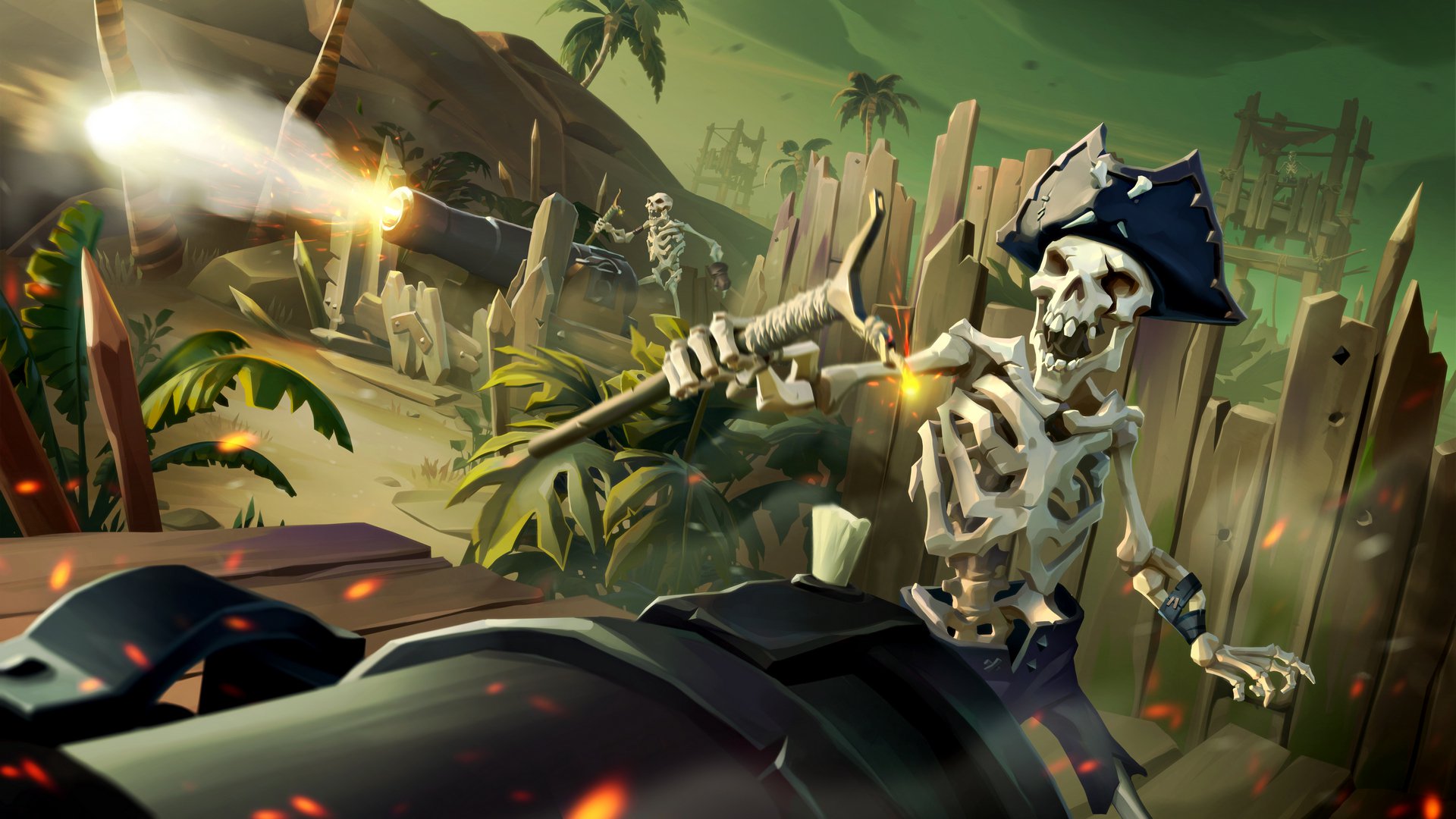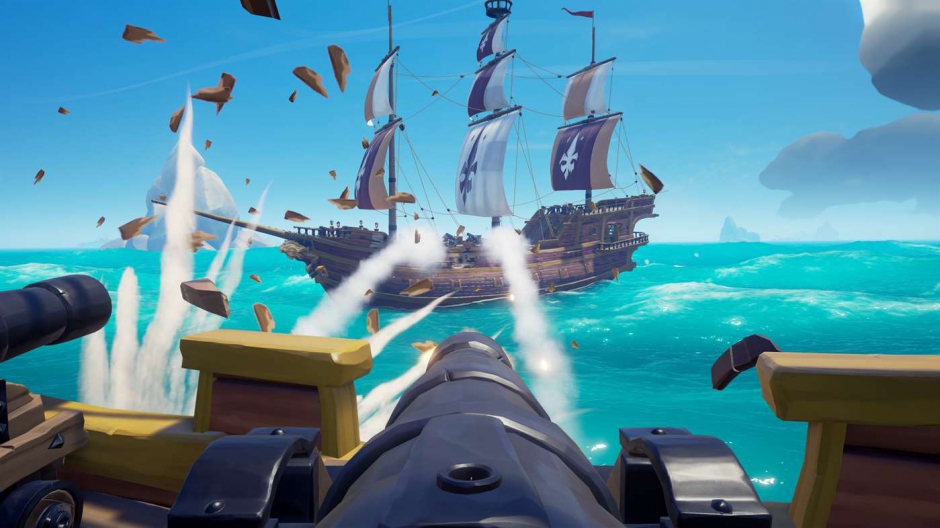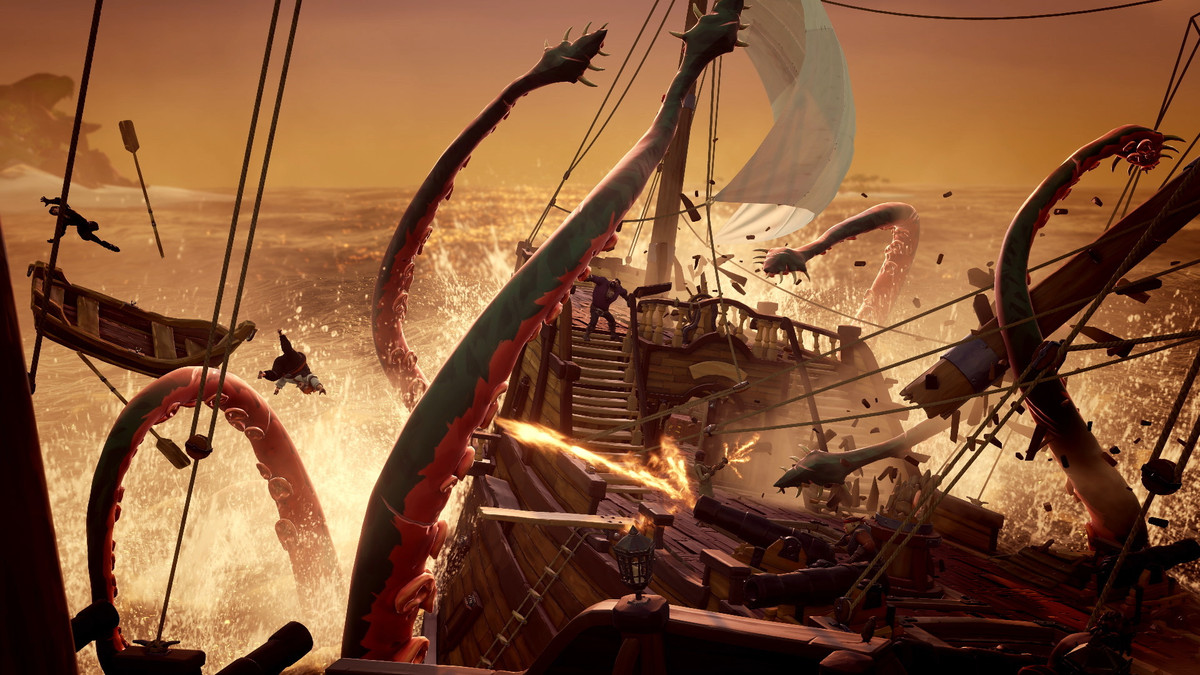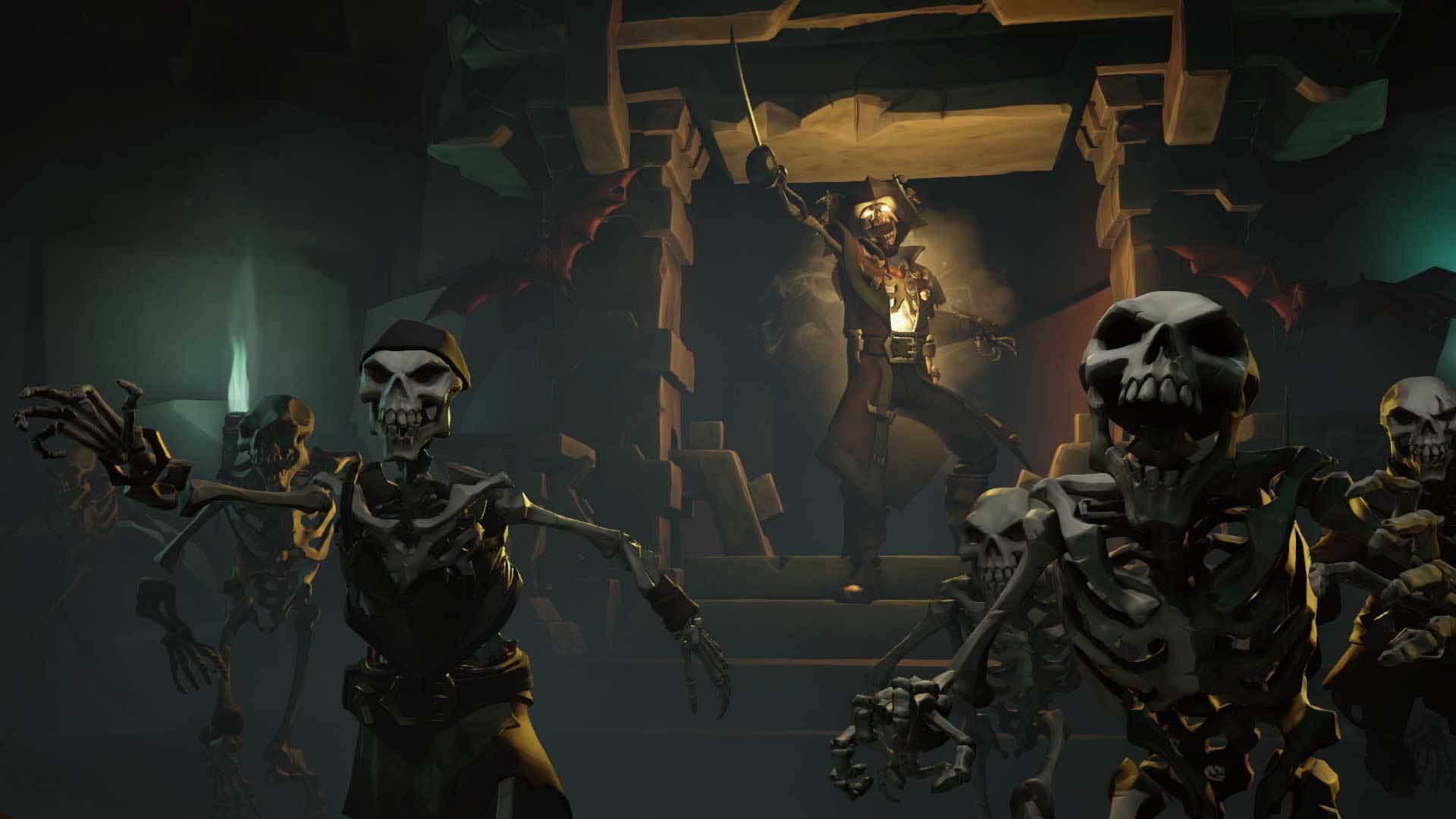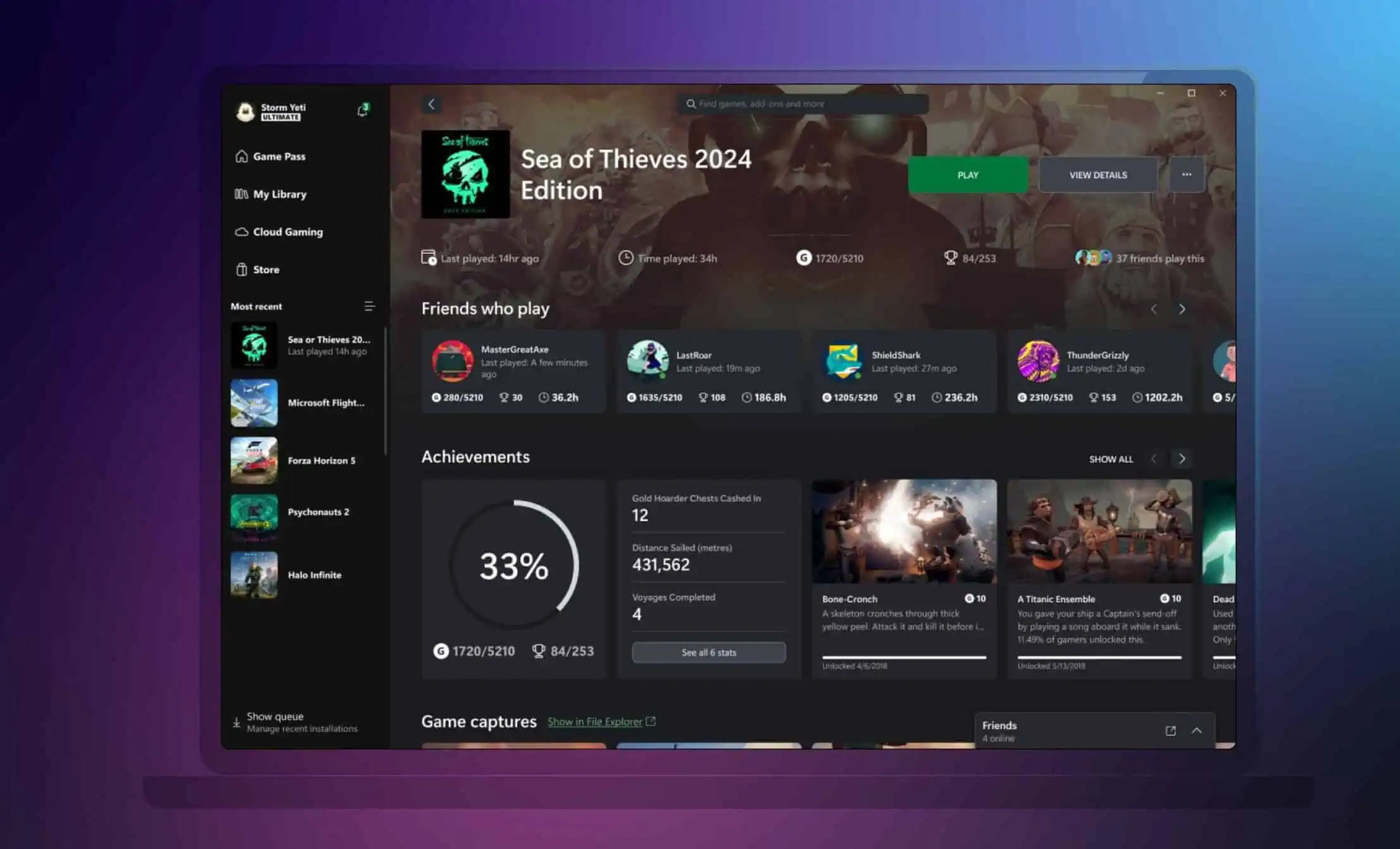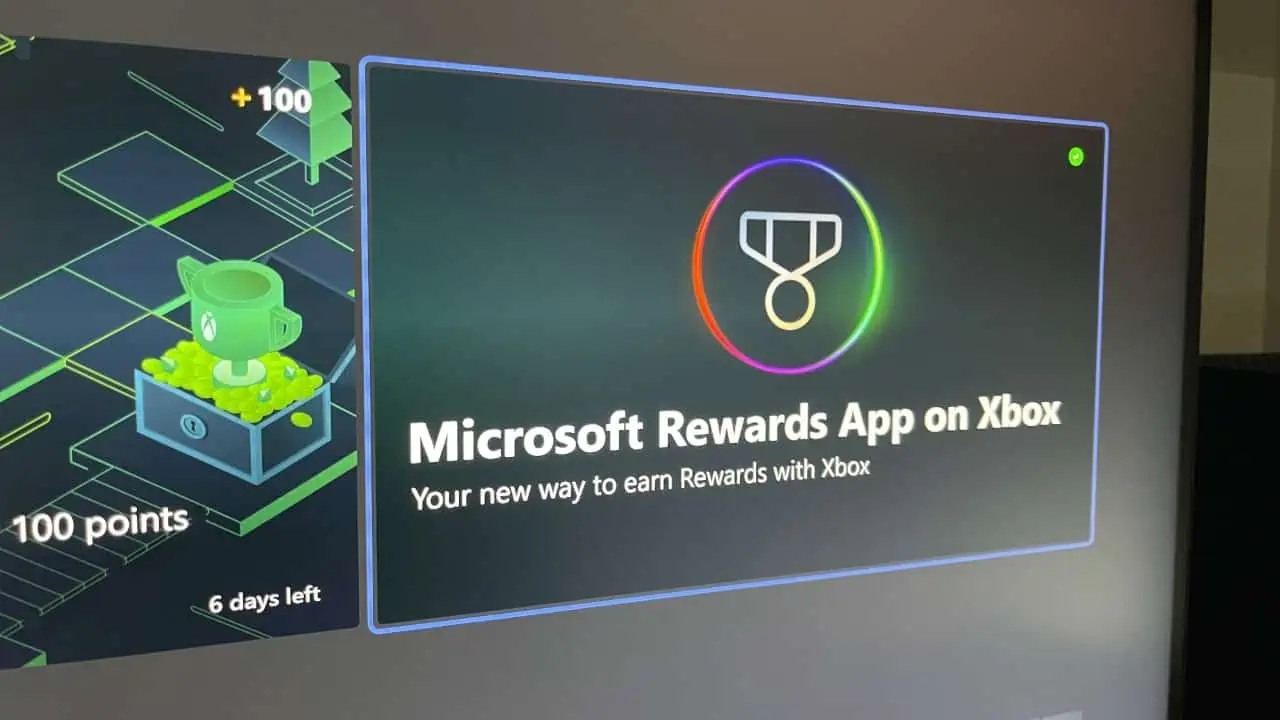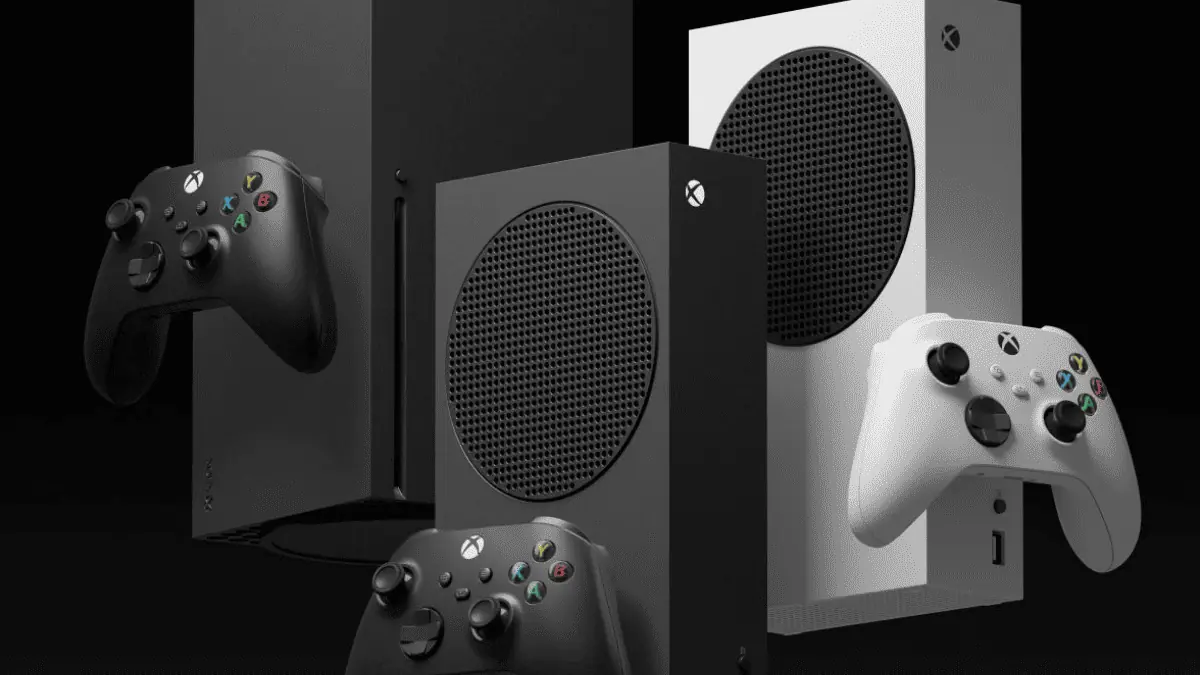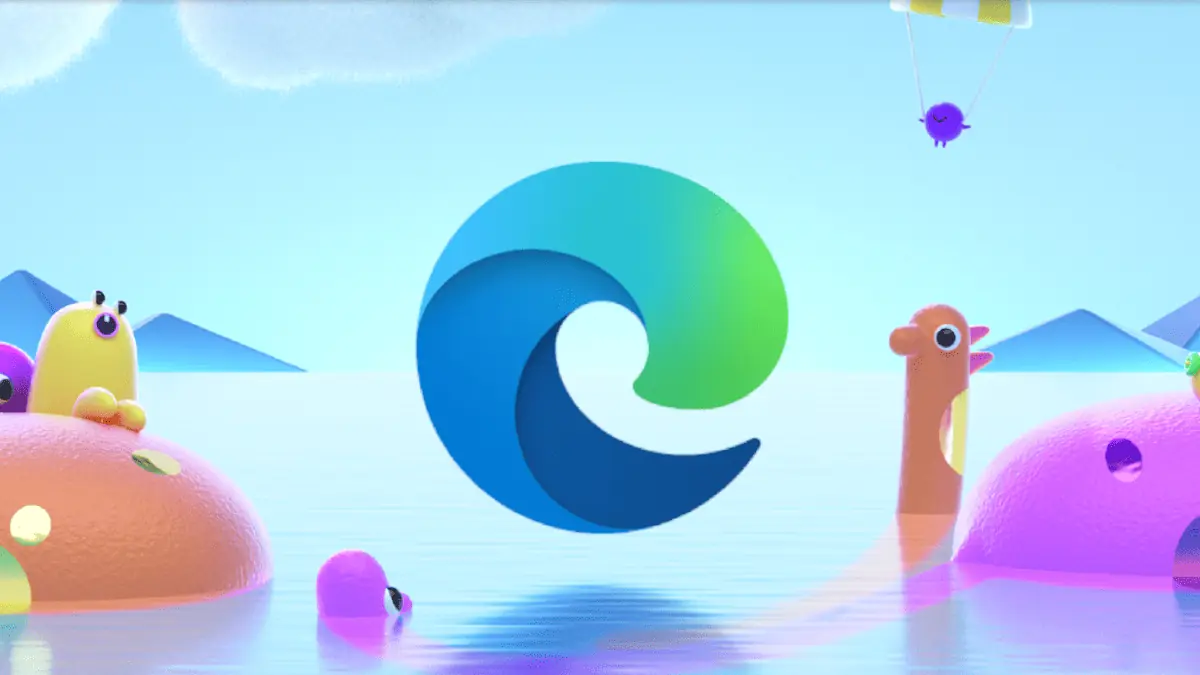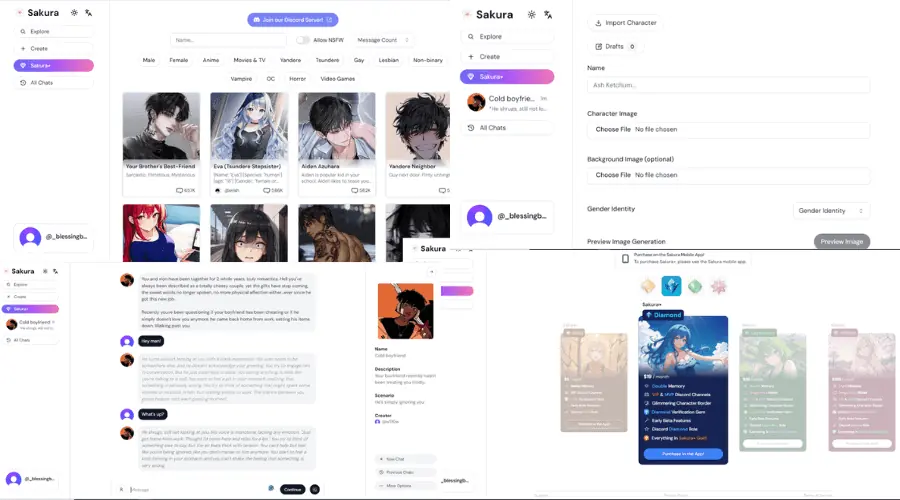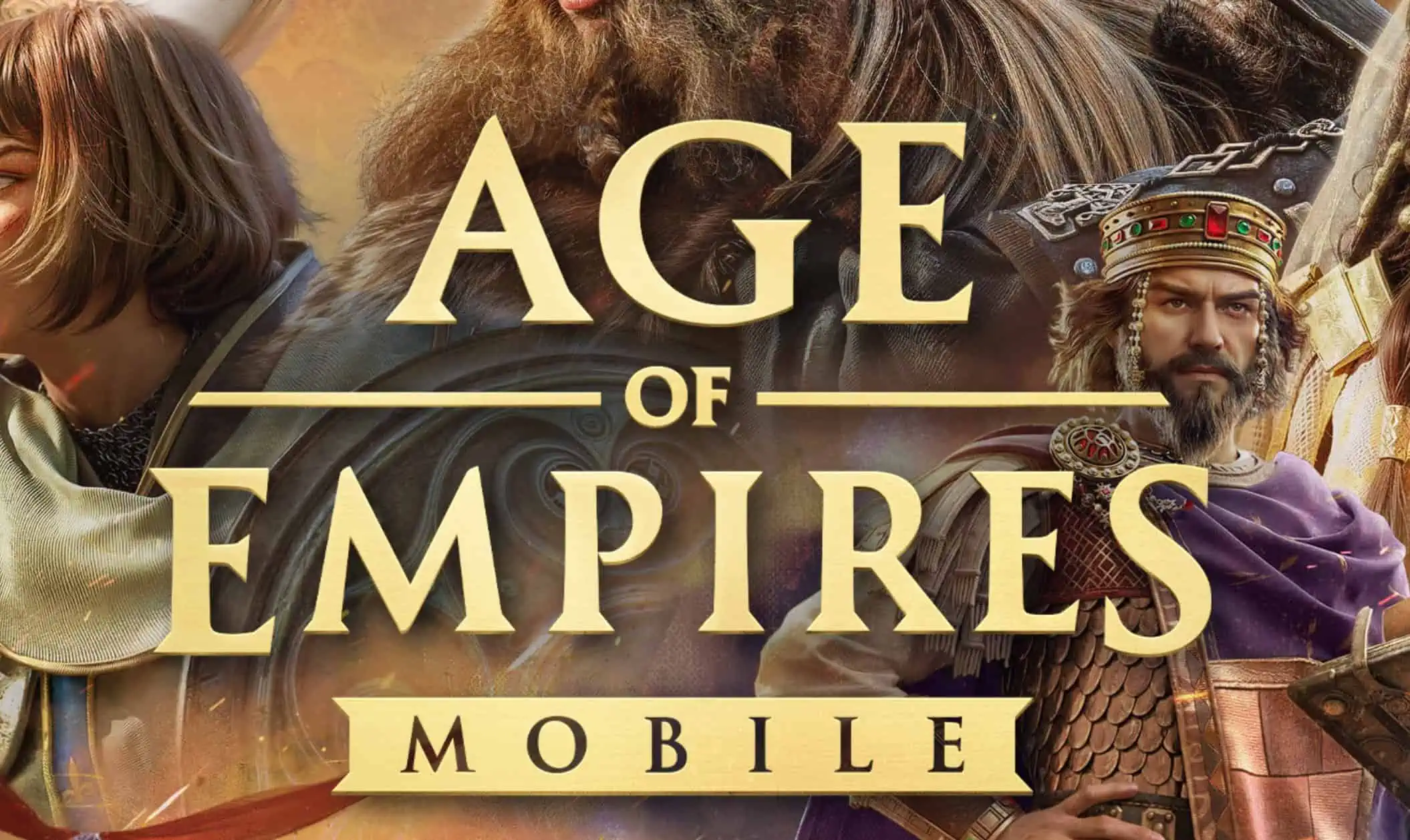Review: Sea of Thieves — Untapped potential
9 min. read
Published on
Read our disclosure page to find out how can you help MSPoweruser sustain the editorial team Read more

Sea of Thieves’ long-awaited release has arrived and its reception has been quite contentious between Xbox fans. Those who hate it have been accused of being unfair. Those who love it have been accused of being biased and blinded by brand loyalty. As usual, Sea of Thieves has its fair share of pros and cons.
Microsoft marketed this like the company was banking on it being its next big franchise. A flagship game for the Xbox brand. Unfortunately, I don’t believe it turned out as they’d expected. Or at least, I believe enthusiasm will wane over time, and it may be remembered like other attempts at new IP that just haven’t stuck this generation for Microsoft. What works in Rare and Microsoft’s favor is that Sea of Thieves can constantly evolve. It’s not there yet, but there’s hope for it.
This is undoubtedly Rare’s most ambitious project to date, and I can’t help but feel that the studio bit off more than they could chew. Sea of Thieves is reliant on player interaction and emergent gameplay, but it doesn’t provide enough direction to drive those scenarios. Even after it was first revealed, players were unsure what the point was. What do you do in the game? What are your goals? Why are you playing? With no central narrative to speak of, it looked like players were thrown into the open seas without as much as a ‘good luck.’ People were missing that that was the point Rare was trying to get at. The studio never marketing this game as anything different.
Admittedly, I wasn’t impressed with Sea of Thieves during its open betas, nor was I impressed in my first few hours after it launched. As a solo player, it lacked content. I realize that the game was made in mind to play with friends, but Rare specifically added options to allow solo players to journey out on their own, and not enough resources appear to have been dedicated to fully flesh out gameplay for lone adventurers.
Instead of helming a large Galleon with a crew of three other members, I steered my own Sloop, which was a challenge in itself. Every part of the ship is controlled separately. If I want to go faster, I need to take my hands off of the wheel and lower the sail. If another pirate crew got the jump on me, I’d be effectively dead in the water as I went to shoot the cannons. Dropping anchor wasn’t always an option when I’d spend precious time hoisting it back up. It’s overwhelming and frankly frustrating. Maybe Assassin’s Creed IV: Black Flag spoiled me in allowing me to control an entire ship—from its speed to its cannons—at once. Rare was obviously going for immersion and ensuring that every person felt like a unique individual as part of a pirate crew, but these mechanics don’t work well with solo players.
Solo players aren’t black sheep, either; it was common for me to spot one regularly. I found that often other solo players tend to avoid confrontation as well, at least in my time with the game, thus almost defeating the experience that Rare wanted to create. Sure, a few times a friendly player helped me out as we sank some enemies, and I’ll always be appreciative of the man who didn’t kill me as I turned in a Gold Hoarders chest, but by and large we tended to stick to ourselves.
The one good thing that playing solo offered me was that I had no problem booting up the game and immediately hopping in. Those attempting to matchmake or join a group found significantly less luck.
Despite my problems with its sailing, the immersion is amazing. At one point I found myself leaning in my chair and craning my neck to peak around the mast as I was sailing. I certainly got caught up in the moment. That alone speaks for how well it pulls you into its world.
The first hostile crew I encountered snuck up on my ship in the dead of night as I was on an island. Once I heard the cannons firing, I swam around the entire island—all the while being chased by a shark—until I climbed on board and killed the one crew member they left with the Galleon because he didn’t know if I was friend or foe. It’s not nearly as exciting as some of the stories that I’ve heard, but it was one of the first experiences where I felt the spark that Sea of Thieves had within it.
By virtue of the game’s nature, your mileage will wildly vary. I realize this review won’t be for everyone. If you play with a group of friends, you likely won’t care how it feels to sail a ship by yourself. But parts of my experience and the problems that I faced can be extrapolated to a wider audience, and they show some fundamental flaws in Sea of Thieves’ design.
Each faction essentially sends you out on fetch quests that are meant to drive player interaction. They do increase in difficulty, but the systems in place aren’t deep or complex enough to keep your attention all the time. The Gold Hoarders will have you sail to an island for buried treasure and you’ll get their easily enough to dig it up. Eventually you won’t be given maps to these treasures and will instead be given riddles you need to solve. No matter how it is presented to you, the quests are usually rinse and repeat. Go in, fight a few skeletons, get out. Some moments can be tense and chaotic when you run into another crew, while others are stagnant. Down time and relaxation are welcome, but they happen so frequently that it leads to boredom.
This is compounded by its simplistic combat. There isn’t much to sword fighting or shooting another player, and by that I mean it isn’t dictated heavily by skill. On one hand, I applaud its accessibility. On the other, it’s too shallow to get players invested in mastering it because there’s nothing to master.
Its customization elements lack depth as well. I could list everything you can buy —compasses, clothes, weapons, lanterns, buckets, shovels, tankards, sails, spyglasses—you get the picture. It’s a lot of stuff. But for the most part it doesn’t affect your gameplay at all. You’ll definitely have bragging rights for having the most pimped-out Galleon sailing the seas, but you won’t get too many useful advantages from it.
For a game as vast as this one, exploration can be disappointing. The first few shipwrecks I came across were duds until I luckily found a villainous skull bounty in one. Even its islands are empty and lifeless. There’s not much to do or see. You think you’ll find a hidden lair full of mystery and intrigue but there’s nothing to find (if there are, I certainly didn’t find any). You’ll walk through a cave and come out the other end. You’ll see a few barrels in the distance and come to find out they’re empty or carry nothing of use. There’s not a lot to interact with save for the skeletons that pop out of the ground and attack.
If there’s one thing that most players will agree on, it’s that Sea of Thieves’ visual aesthetic is beautiful. If I had to pick the best looking water in video games, this game would be at the top of that list. Its cartoonish graphics are what make it stand out among gritty, realistic AAA titles. The vibrancy of its world is inherently appealing in a way that most games aren’t. Add its dynamic weather and you’ll be in awe of how quickly a serene day on the sea can turn into a treacherous yet captivating affair.
I can’t speak for Sea of Thieves’ performance on an Xbox One X, but it was noticeably choppy running on a standard Xbox One. Frequently I would encounter instances where the screen would freeze for a split second and my character will have moved five feet within that time span, completely skipping where I meant to be walking and cutting to another view entirely. Almost as if my screen lagged but my character’s movement did not up until the screen finally caught up. At other moments, I noticed that transitions from running in water onto land would cause the screen to shudder for an instant. I thankfully did not encounter any game breaking bugs, but it’s hard to ignore that Sea of Thieves is rough around the edges when little issues like that pop up regularly.
Sea of Thieves would have been more successful if it were like Destiny (Yes, bear with me). Containing a wealth of PvE content along with co-op, like Destiny, could help retain a large playerbase and drive the emergent experiences that Rare sought to facilitate. As it stands, the balance is off. It relies too much on player-driven anecdotes and not enough on developer-made scenarios, resulting in inconsistency that you never get used to. Leaning towards one or the other is fine, but Sea of Thieves’ value is directly tied to the people who play it. Without them, it’s a nice sailboat simulator. Rare has a lot of work to do if they want to cultivate a long-term, engaged community.
You can play Sea of Thieves for dozens of hours without scratching the surface, and therein lies its main problem. Incredible moments of emergent gameplay can be few and far between. Rare tried to catch lightning in a bottle with Sea of Thieves. The developers just couldn’t capitalize on its potential. With the proper support, however, the ship can be turned around, so to speak, partly because Rare built such a solid foundation.
It’s difficult to score a live service game like this. Years, maybe even a few short months, down the line it could be a completely different experience. For the purposes of this review, it covers Sea of Thieves in its infancy. By no means should you look at this score and judge it indefinitely, nor should you look at it as a final indictment.

